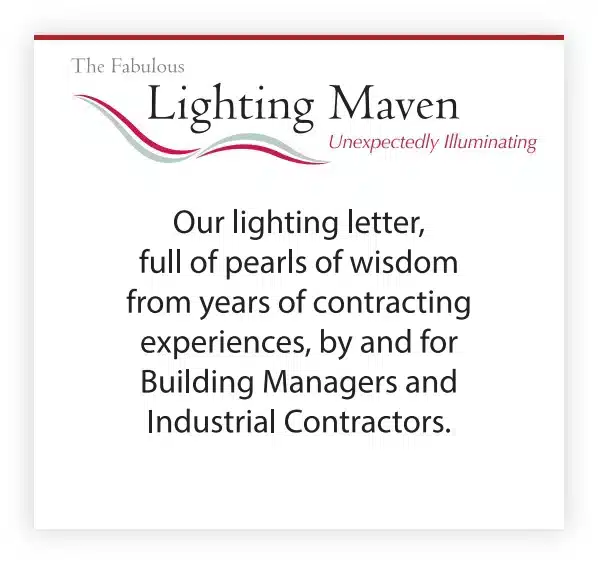Dear Reader:
An important feature on many lighting controls systems is the ability to gradually ramp up the amount of lumen output of a fixture when a person enters a work space area, rather than a hard, harsh jump to ‘On’. Conversely, the use of this as a strategy might be deployed on the back end too – fading down when a person leaves that area, instead of going immediately to ‘Off’. Reference California’s Title 24 Reference Guide for ideas.
Case studies on the impact on human beings of ramping up to ‘on’, and fading back down to ‘off’, are impossible to find (or at least we’ve not been able to find any .. send an email or call me if you’re aware of any), but we can tell you it is a real phenomenon, and employees appreciate it when we as lighting contractors concern ourselves with their comfort.
Think about it. Absent the use of this feature, you’d have two diametrically opposite objectives to the installation of a new LED lighting system: Return on Investment, that is, one of the benefits of choosing LED lies in its improved energy efficiency, as well as efficacy. Cost efficiency relating to a new system involves not only the installation of more efficient fixtures, but through the use of sensors, turning them off more, or at least dimming them down.
The second is Human Comfort. The ROI objective above is in direct conflict with human beings’ need to see changes in lighting intensity gradually. Too much too fast is not only irritating, but fatiguing, and a smart controls system speaks to that. Let’s face it, when the sun sets, it doesn’t slam itself over the horizon .. it goes down gradually and smoothly.
That said, we typically divide a plant into five areas, and devise ramping and fading strategies that are unique to each one:
- Production – High-intensity areas, lots of people in an area, 3 second ramp and 3 second fade.
- Aisles – Same as Production, because people can typically look down an aisle and see a long ways.
- Warehouse – We’re very aggressive here, for a couple reasons. No ramp, as forklifts need to have the lights pop on immediately as they’re coming into an area. 1 second fade, just to take some harshness out of the ‘off’ action.
- Support Areas– Same as Production, as Maintenance, Tool Crib, etc. need that more thoughtful approach.
- Offices – 4 second ramp; 4 second fade. The 10’ ceilings here suggest an even slower behavior, to protect the eyes.






